May 8 - 14 2016: Issue 262
Mother's Day 2016: Flowers and Tributes
When I was a baby so small and so weak
My Mother fulfilled all my needs
When I was hungry my food she did seek
For she has done many kind deeds.
When I am in trouble she comes to my aid
She forgives me when I have done wrong
And many a debt for me she has paid.
She has often sung me a song.
And now that I've grown up to be a big girl
My Mother still works hard for me
She buys me some bread and some times a .pearl
For Mother's the best do you see.
Vera Skinner – Furracabad
ORIGINAL POEM (1937, May 13). Glen Innes Examiner (NSW : 1908 - 1954), , p. 10. Retrieved from http://nla.gov.au/nla.news-article178498450
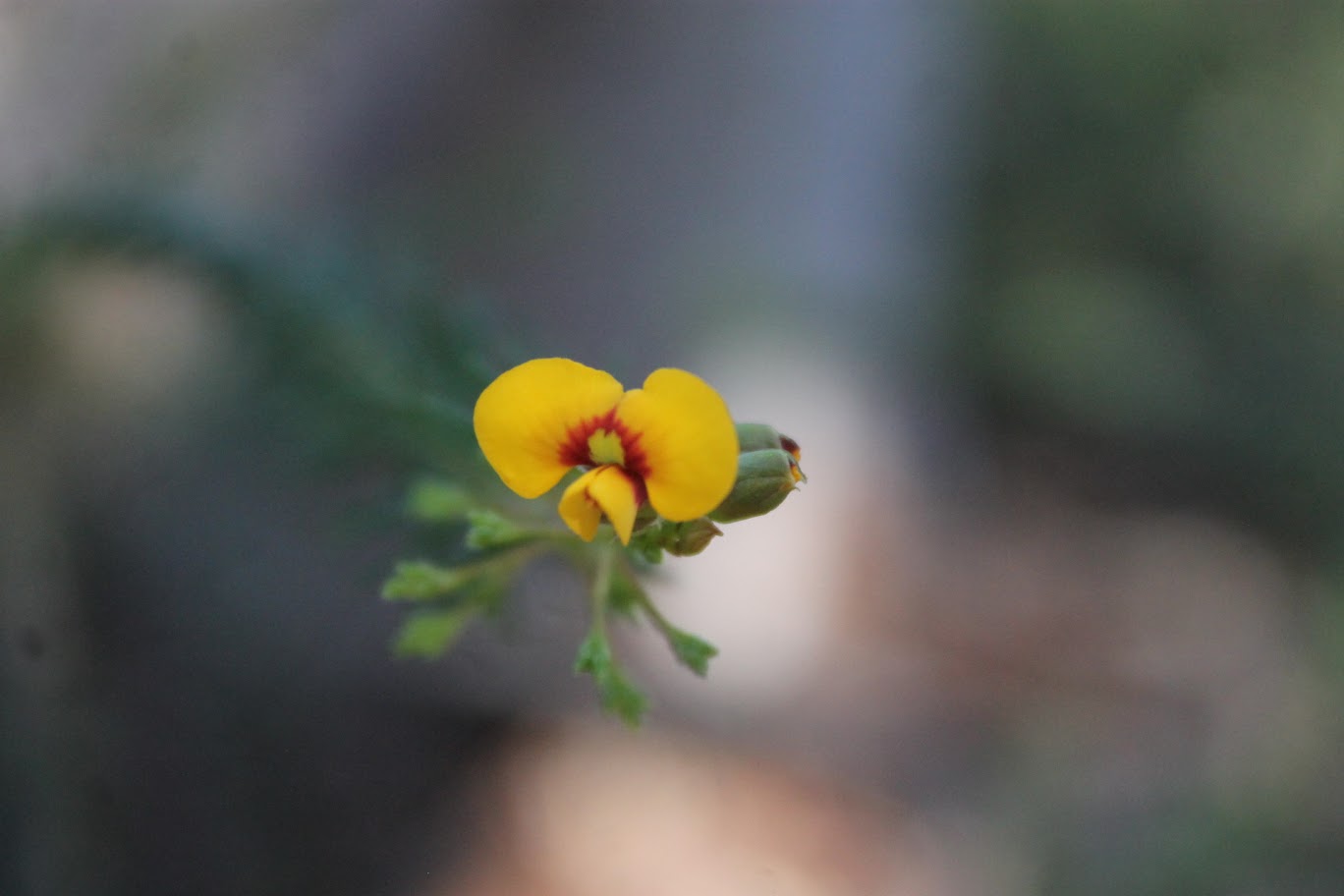 A Poem for Mothers.
A Poem for Mothers.No perfect woman she, but unafraid
She walked the ways of life,
A loving daughter first, then afterwards
A loyal, loving wife.
She sat upon no pedestal self-reared,
In lofty pride alone,
But shouldered close with workers walked
To worldly fame unknown.
The simple duties or the common lot —
Its loves, its hopes, its fears;
With kindly heart and steadfast faith she braved
Whate'er might bring the years.
She had her place in life— a lonely one;
But even in her thought
She neither shirked the task nor unearned rest
From present duty sought.
And when a son she mothered won his way
To fortune and to fame,
The foolish world looked on and wondered much
Whence all his courage came. POETRY. (1918, June 8). The Byron Bay Record (NSW : 1902 - 1924), , p. 4. Retrieved fromhttp://nla.gov.au/nla.news-article107980717
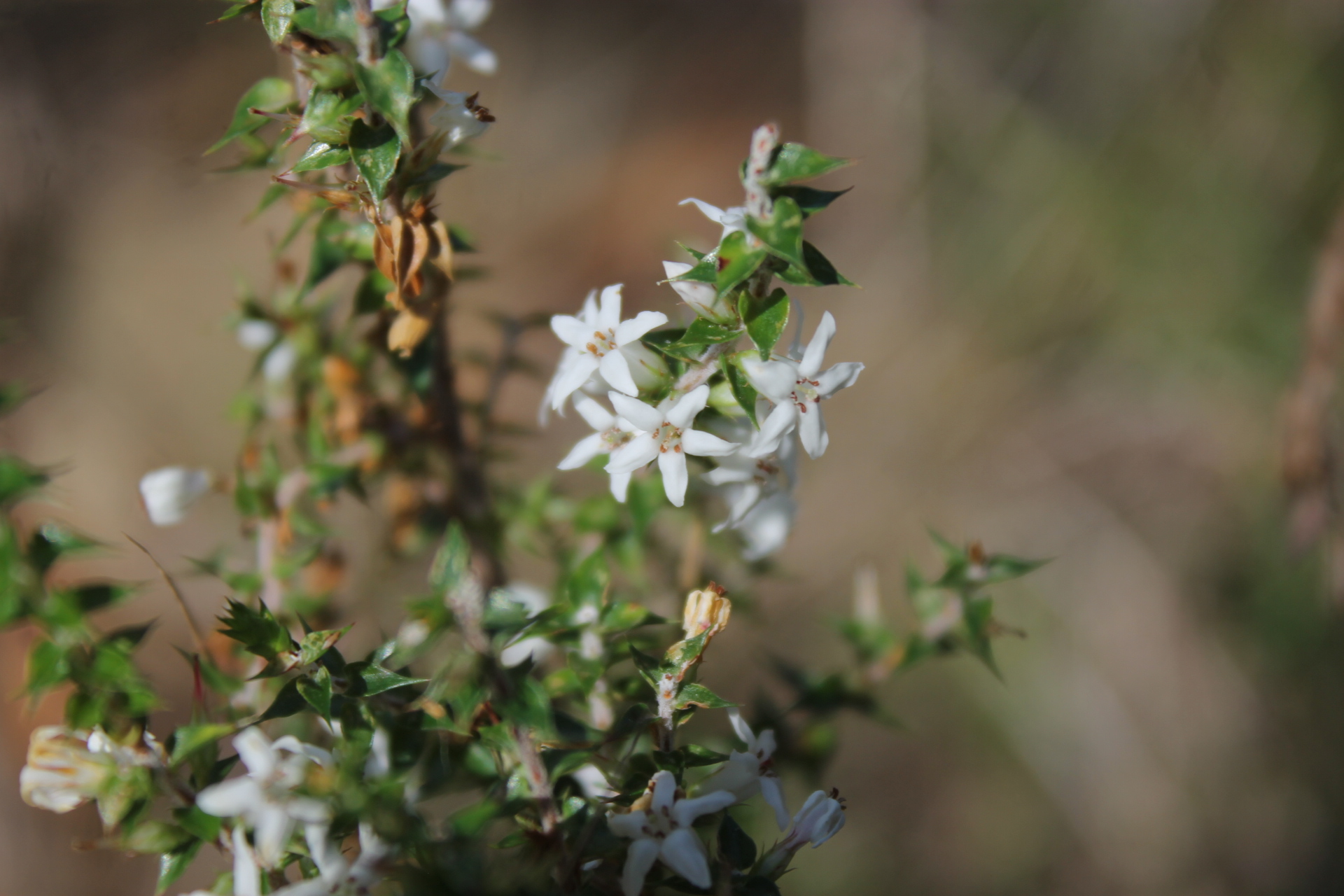 OLD MOTHERS.
OLD MOTHERS.A KINDLY POEM.
I love old mothers— mothers with white hair,
And kindly eyes, and lips grown softly sweet
With murmured blessings over sleeping babes.
There Is something In their quiet grace
That speaks the calm of Sabbath afternoons;
A knowledge in their deep, unfaltering eyes
That far outreaches all philosophy.
Time, with caressing touch, about them weaves.
The silver-threaded fairy-shawl of age.
While all' the echoes of forgotten songs
Seem Joined to lend a sweetness to their speech.
Old mothers!— as they pass with slow timed step. -
Their trembling hands cling gently to youth's strength: :
Sweet mothers! — as they pass, one sees again
Old garden-walks, old roses, and old loves. '
— Charles S. Ross, in the 'Century Magazine.' OLD MOTHERS. (1908, February 26). The Picton Post (NSW : 1907 - 1954), , p. 2. Retrieved fromhttp://nla.gov.au/nla.news-article117141623
MOTHERS.
Mothers are .the queerest things!
'Member when John went away, '
All but mother cried and cried '
When they said good-bye that day.
She just talked, and seemed to be
Not the slightest bit upset
Was the only one who smiled !
Others' eyes were streaming wet.
But when John came back again
On a furlough, safe and sound,
With a medal for his deeds .
And without a single wound,
While the rest of us hurrahed,
Laughed and joked and danced about,
"Mother kissed him, then she cried
Cried and cried like all git out ' I
Edwin L. Sabin, in February "Century." . MOTHERS. (1901, March 30). The Brisbane Courier (Qld. : 1864 - 1933), , p. 13. Retrieved from http://nla.gov.au/nla.news-article19094792
Marbless
‘What are you going to make of your boy?' asked the visitor of the fond mother;
‘I think he will be a great sculptor,' was the reply.
' Has he any talent that way ?'
' I should think so. Why, they tell me that he is perfect in chiselling boys out of marbles.' A POEM. (1895, May 4). The Daily News (Perth, WA : 1882 - 1950), , p. 3. Retrieved from http://nla.gov.au/nla.news-article78357224
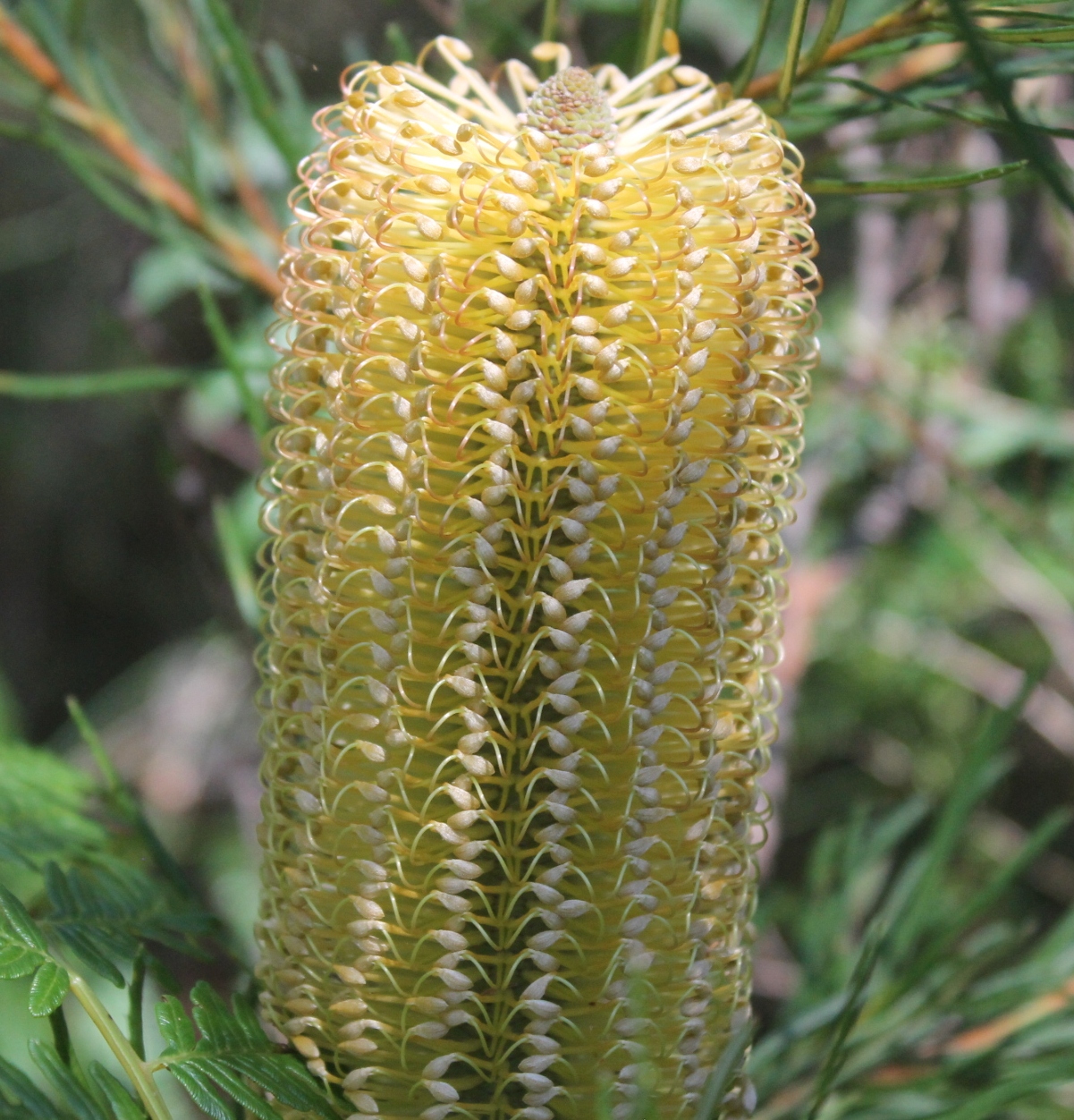 Apostrophe to Nature.
Apostrophe to Nature.A Fragment from an Unpublished Poem.
'Nature I They wrong thee much, and they wrong
truth
Who hold thee to be only that name alone-
The birth of things creative energy ;
Nor know thee for aught else. They wrong thee
much,
And much I pity them for such their wrong;
Thou art not only this, but peace and truth,
And tenderness and joy, and happiness.
These are thy spirit, as is tho world thy work;
The spirit wherein thy work is wrought, and be
Who doth partake thy spirit, partakes them ;
And who loves thee most, in greatest share,
Ob, happy whoe'er ! happy in that he is,
And happier yet in that ho hopes to be ;
Most happy in the contrast of those men
Who in their worldliness resemble him least ;
For thou art still a mother to each one
Who will be a son to thee. Speaking to such,
Most motherly, the language of soft love
And kindly looks, and gentle confidence,
Such language as speeds home, needing no ear
To carry its sweet message to the soul,
But in its silence saying many things.
Yes, there is a home-spirit that thou hast,
Breathing with such a breath as makes the air
An atmosphere of joy to the vexed soul;
A golden flood wherein to purge itself
From all ill sense to purity again.
Oh I e'en the thought is blest and the very bliss
Such as makes man an angel. Yet man lives
Unmindful as a stock of this great good,
And careless to be aught above himself,
Earth-savouring as earth-born; and being thus
Severed from nature's rich communion,
Becomes a thing dry, spiritless, and dead,
A stake torn from its soil fit for base use,
But nothing capable of upward growth,
Or genial enlargement of itself,
To spread a blessing round. Oh I then, that man
Would strip his life sometimes of artifice,
Living the less to himself, to nature more.
And do as did his fathers in old time,
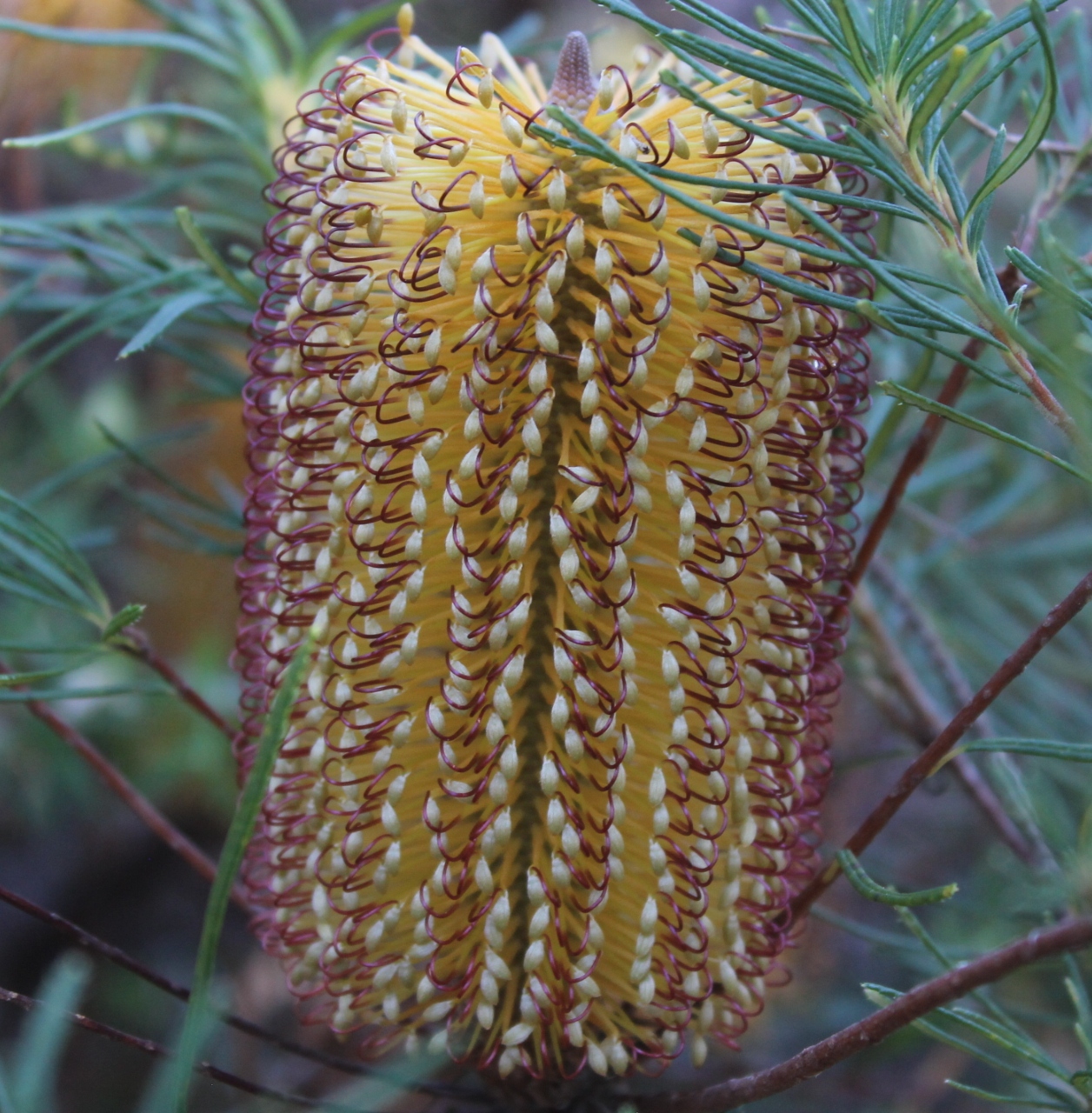 Shaking the manacles of custom off
Shaking the manacles of custom offAnd walking freely abroad; leaving his home,
By reason destined for a weather-fence,
And made by luxury a prison house.
Where she doth keep her prisoners in strait chains,
Captive from nature, and inuring so
Our souls to bondage from our tender j ears,
Till that they shrink from the high quality,
And inborn instinct fell expensively
(That else had swelled thro' all the vault of heaven)
To the poor proportions of a chamber or two ;
Growing but to the bar above our heads,
And stunted there. For the high sentiment
Is native 'mong high sights and majesty
Must enter the young soul fresh through the sense,
Dilating so its poor capacity
By glorious images, to be at length
A tabernacle fit for glorious thoughts.
And would'st thou rise to a lofty pitch of soul ?
Go, dwell in some lone cot-whence thou may'st yearn
Toward nature, and with nature blind thyself «
Expansive to the universal frame,
While pride in its own palace feeds itself
On contemplation of its self-conceits,
Up to its cornice-height. Being indeed
If great and vile can hold comparison,
To the spirit that hath nature for its home,
As that proud palace to the universe
Puny elaboration ! Hast thou a heart ?
When nature smiles, go fling thee in her arms
Like her own child; visit her solitude,
As of a mother who hath given thee all.
Claiming for her wide bounty but one due,
Her children's love-such due as doth enrich
The payer when paid, and makes a beggar of him
Who would withhold it. Go, then, drink thy fill
From the fount springing in that solitude
Which but to barren minds is barrenness I
Then turning home, bring with thee a large heart,
As sure thou wilt from such society,
To fill that home with kindliness and joy
And holy comfort.
R. L. Antill Ponds, May 8, 1848. APOSTROPHE TO NATURE. (1848, May 12).Colonial Times (Hobart, Tas. : 1828 - 1857), , p. 4. Retrieved from http://nla.gov.au/nla.news-article8762813
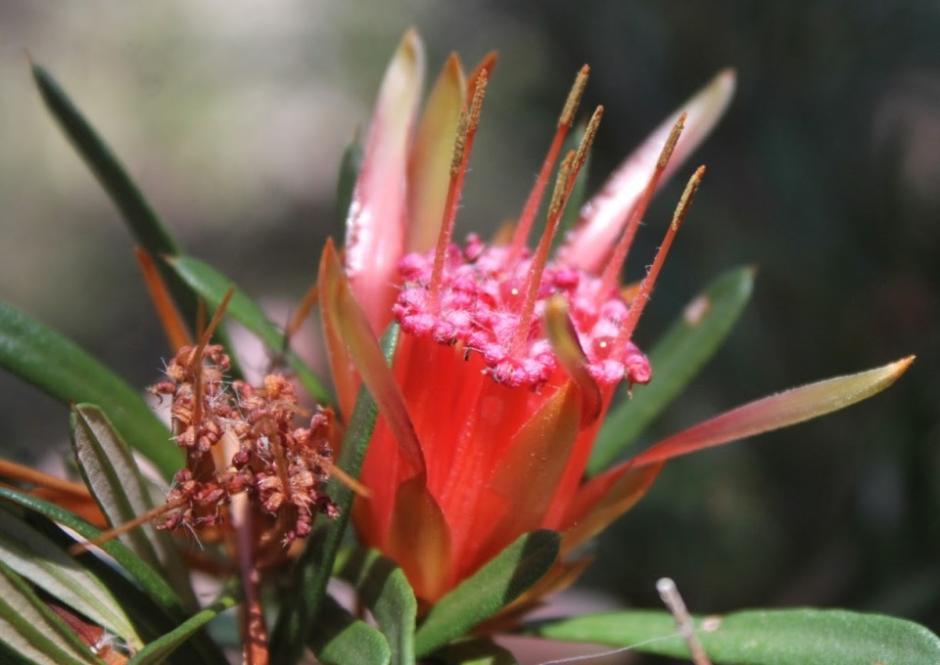
Mountain Devil or Honey Flower(Lambertia formosa)
First described in 1798 by English botanist James Edward Smith, it is the type species of the small genus Lambertia. It is generally found in heathland or open forest, growing in sandstone-based soils. It grows as a multistemmed shrub to around 2 m (7 ft) with a woody base known as a lignotuber, from which it regrows after bushfire. It has stiff narrow leaves, and the pink to red flowerheads, made up of seven individual tubular flowers. It gains its common name from the horned woody follicles, which were used to make small devil-figures and from the fruit's resemblance to a devil's head.
The flowers hold profuse amounts of nectar and are pollinated by honeyeaters. Although L. formosa is uncommon in cultivation, it is straightforward to grow in soils with good drainage and a partly shaded to sunny aspect. It is readily propagated by seed. Unlike all other members of the genus Lambertia, L. formosa is greatly resistant to the soil pathogen Phytophthora cinnamomi.
Specimens of Lambertia formosa were collected by botanists Joseph Banks and Daniel Solander during Lieutenant James Cook's landing at Botany Bay between April and May in 1770. These are thought to have been obtained from vegetation currently known as the Eastern Suburbs Banksia Scrub that occurs in sandy areas near present-day La Perouse. The shrub was first described in 1798 by English botanist James Edward Smith who concurrently erected the new genus Lambertia, the name honouring English botanist Aylmer Bourke Lambert. The specific name formosa is the Latin adjective for 'handsome'. English plantsman Henry Charles Andrews wrote in 1799, "Of all the plants yet introduced from New Holland, that have hitherto flowered with us, this unquestionably takes the lead for beauty, considering the plant altogether", although his countryman Joseph Knight in his 1809 work On the cultivation of the plants belonging to the natural order of Proteeae added that the species name "applies only to the flowers, the foliage being generally of a sickly hue". French botanist Michel Gandoger described specimens collected at Hornsby and Port Jackson as Lambertia proxima, and material sent to him by plant collector Charles Walter as L. barbata in 1919; these turned out to be L. formosa.
The common name "honey flower" is derived from the flowers which produce a clear nectar in large quantities. This was a source of nourishment for Aborigines and, following European colonisation, explorers, escaped convicts and children were recorded sucking the flowers. Explorer Ludwig Leichhardt wrote that "often when I've been tired and thirsty, I've bitten off the base of a tuft of Lambertia formosa flowers to suck the delightfully sweet honey out of them". Headaches and nausea have been reported from ingesting large quantities of the fluid, though it is not known to contain a toxic substance.
The species was the subject of an illustration by Sydney Parkinson, artist on HM Bark Endeavour's voyage to the Pacific from 1769 to 1771. A colour botanical engraving based on Parkinson's work is part of Banks' Florilegium. First Fleet midshipman and artist George Raper depicted the species in two works: an untitled watercolour study (c. 1788) and Bird Of Point Jackson (1789). Writer and illustrator George Collingridge incorporated the flower in several of his designs and unsuccessfully championed it as the floral emblem of Australia. (1)
During the 1960's two ladies were making dolls from the woody head of these plants with pipe cleaners and cloth which were very popular and raised much needed funds for school equipment at Newtown, see the Women's Weekly article, which includes how to make these - "DEVIL" DOLLS - ~By Valerie Carr~
These are "devil" dolls. The heads are made from "mountain devils," which are the seed pods of the handsome red blooms of the wild honey flower (Lambertia formosa). The pod shapes give each doll a wry, devil face. ABOUT 500 "devil" dolls, including those pictured here, will be on a stall at the Newtown, N.S.W., High School fete on July 29, helping to raise $4000 for new school equipment.
The idea of making the dolls a star attraction at the fete came from the head-master's wife, Mrs. Kenneth Moulton, of Mosman, N.S.W., who "rediscovered" the mountain devil while she and her husband were clearing their property in the Blue Mountains.
**DOLL-MAKERS: Mrs. Moulton, at right in the picture at left, with her next-door neighbor Mrs. R. Ferguson, who has helped her to make many of the "devil" dolls. Above are two more dolls.* "DEVIL" DOLLS (1967, August 2). The Australian Women's Weekly (1933 - 1982), , p. 7. Retrieved from http://nla.gov.au/nla.news-article51806536 *****
1. Lambertia formosa. (2015, November 16). In Wikipedia, The Free Encyclopedia. Retrieved from https://en.wikipedia.org/w/index.php?title=Lambertia_formosa&oldid=690837774
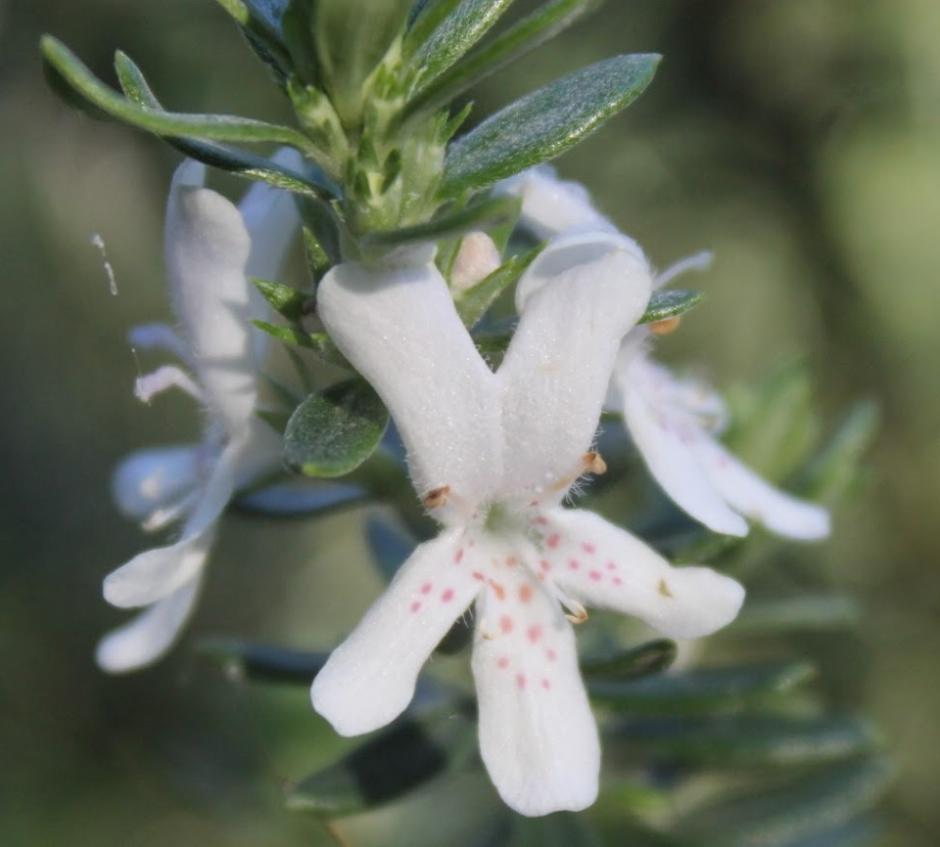
Coastal or Native Rosemary (Westringia fruticosa)
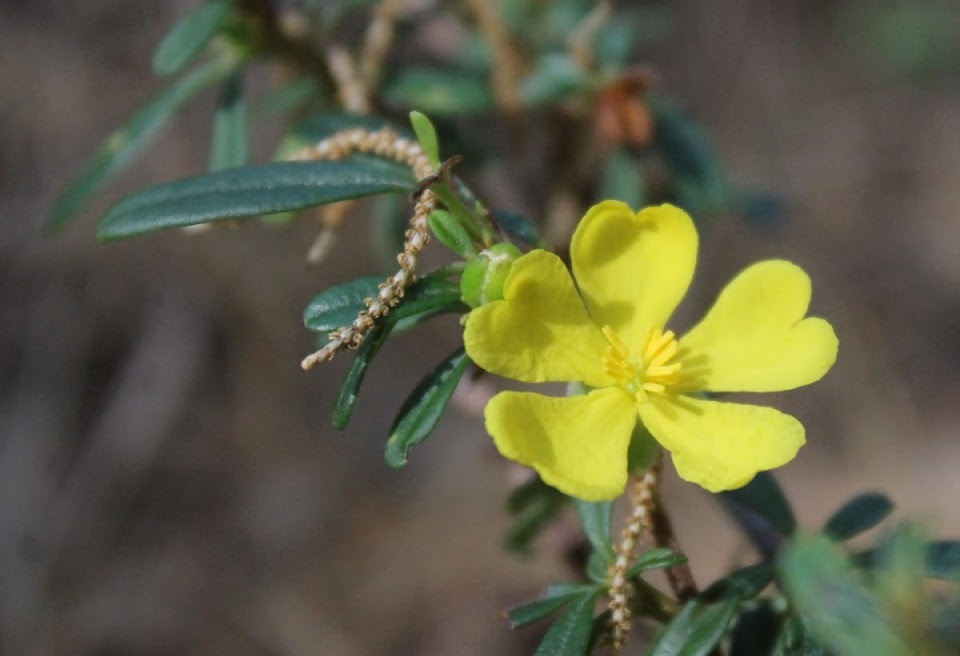
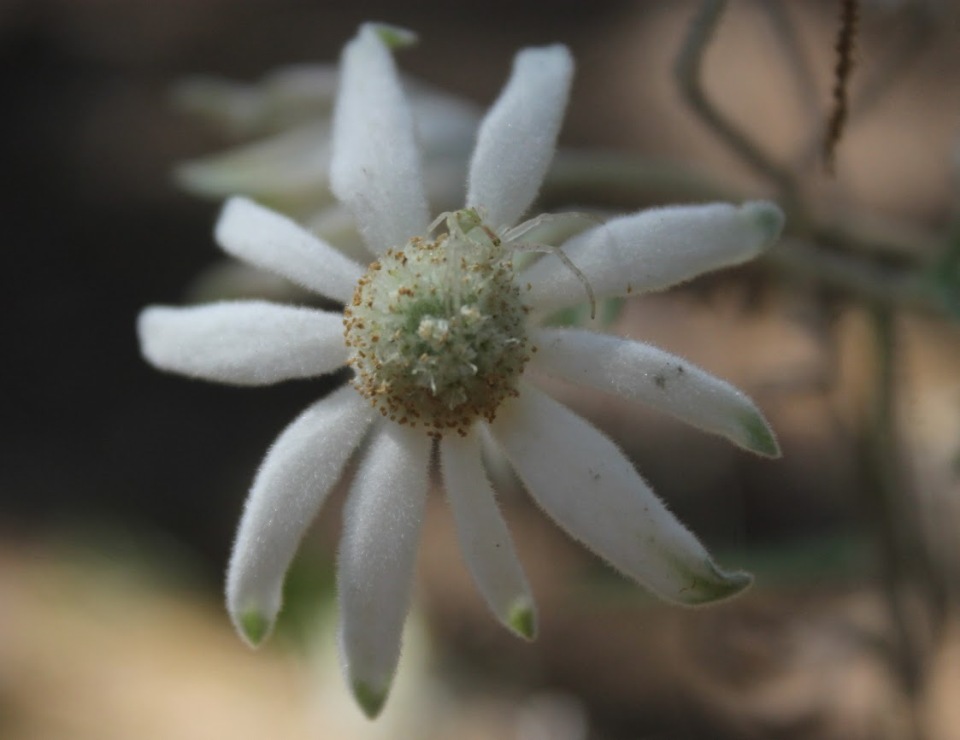
Flannel Flower(Actinotus helianthi)
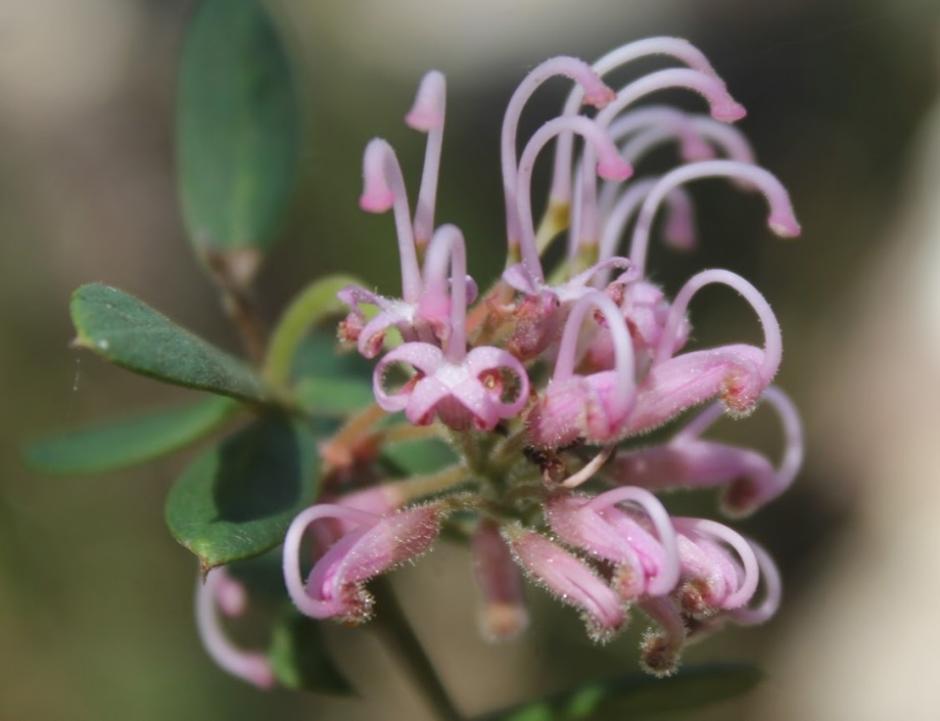
Pink Spider flower (Grevillea sericea)
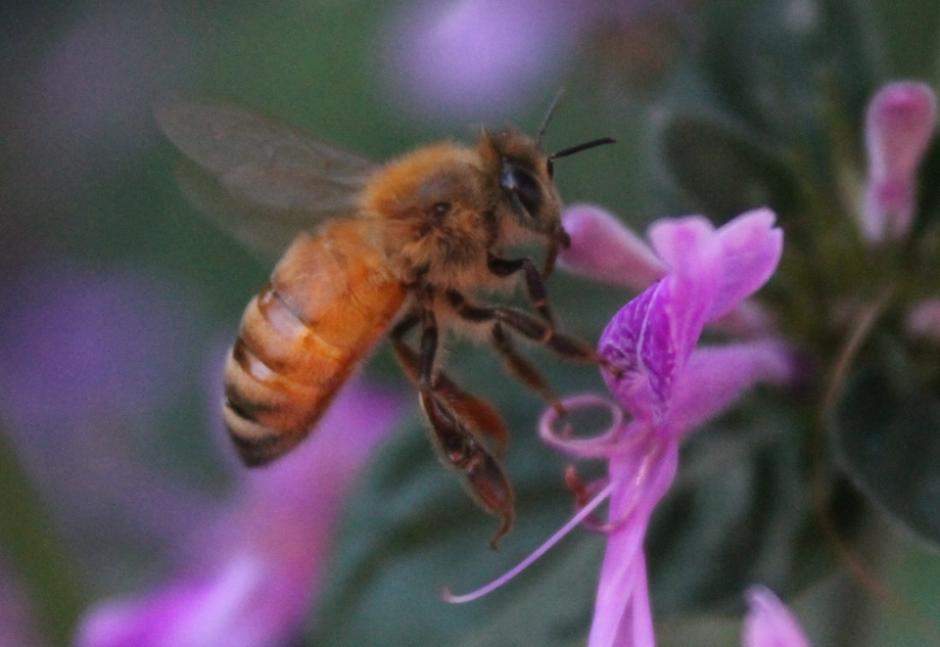
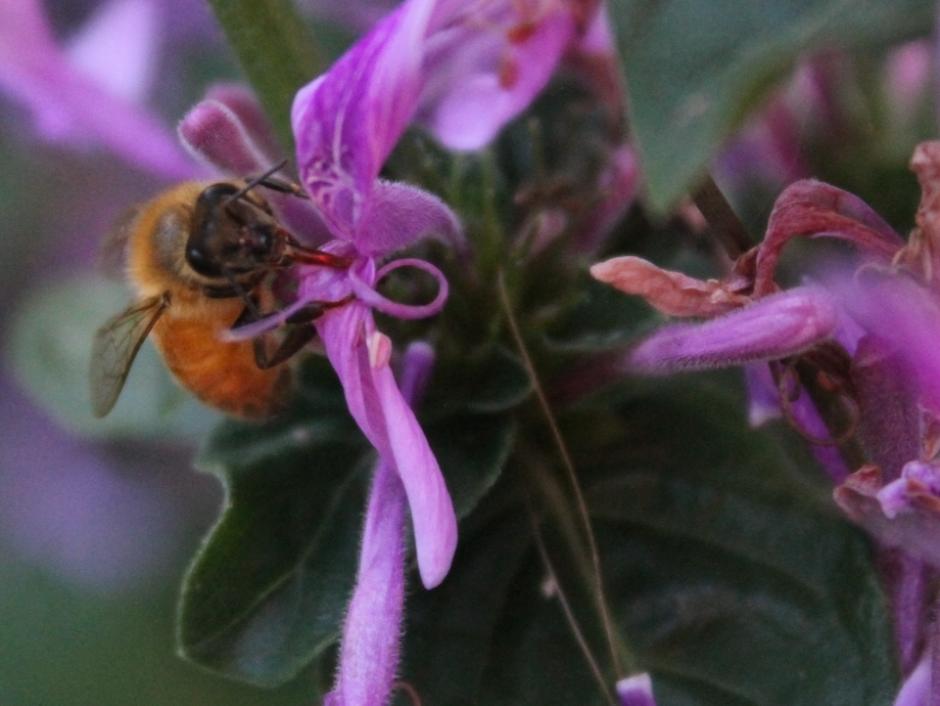
Photos by A J Guesdon, 2016.